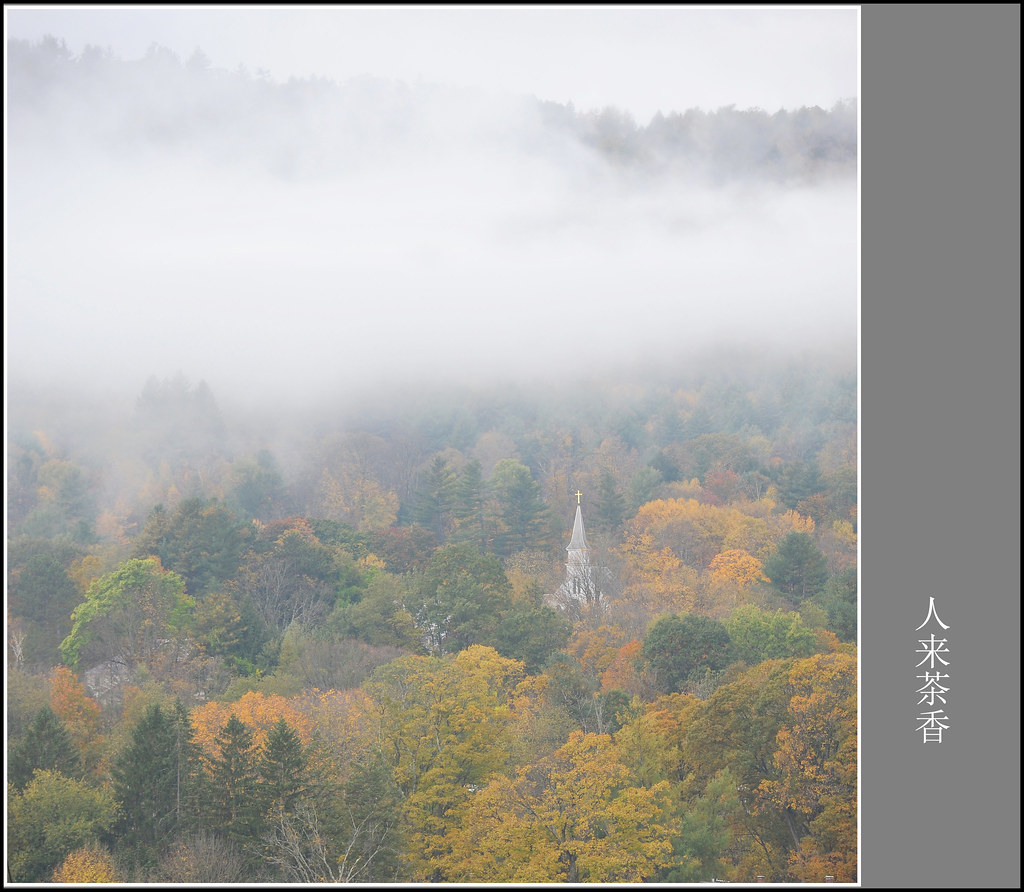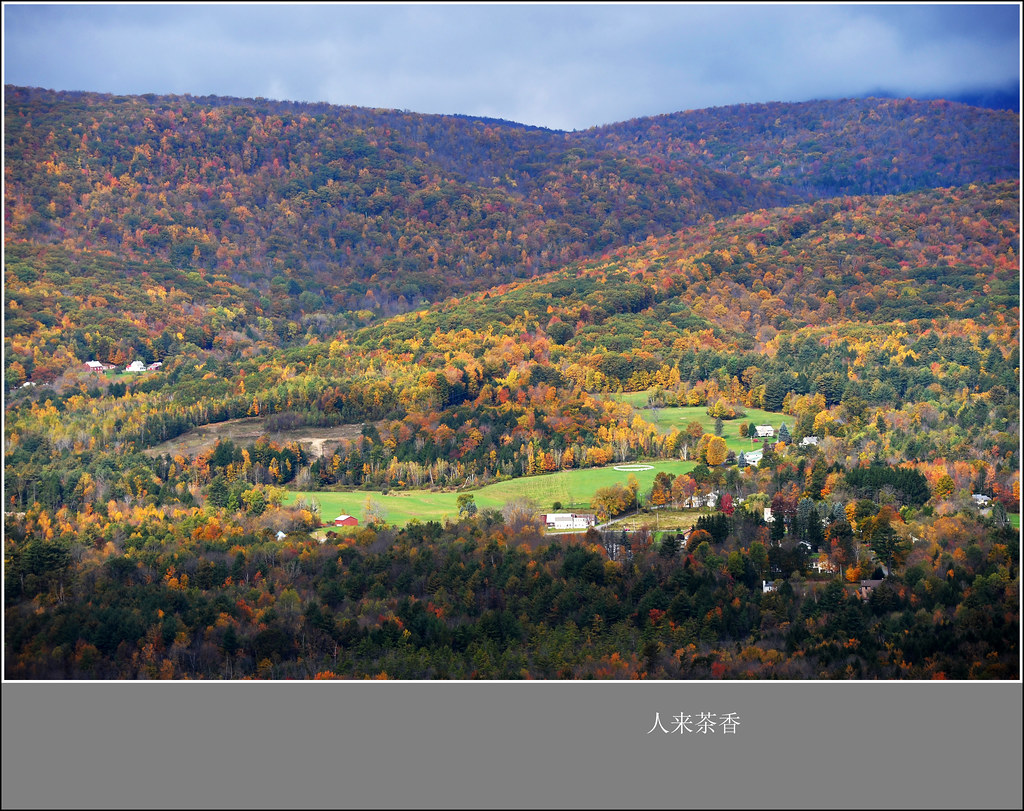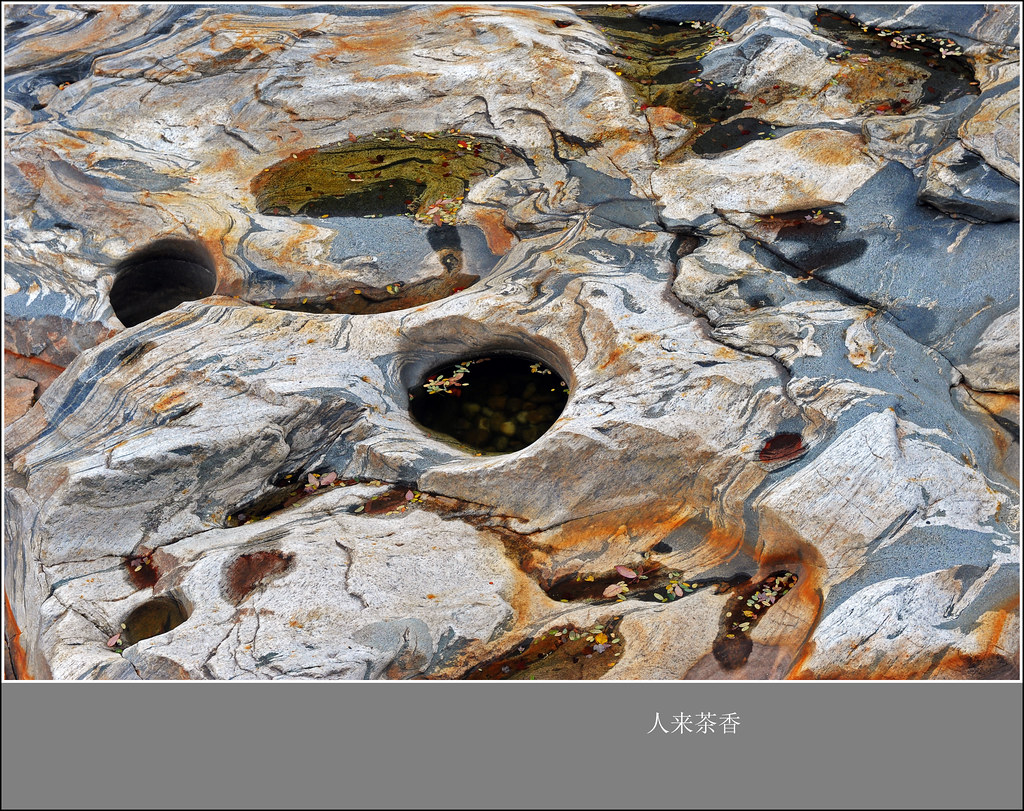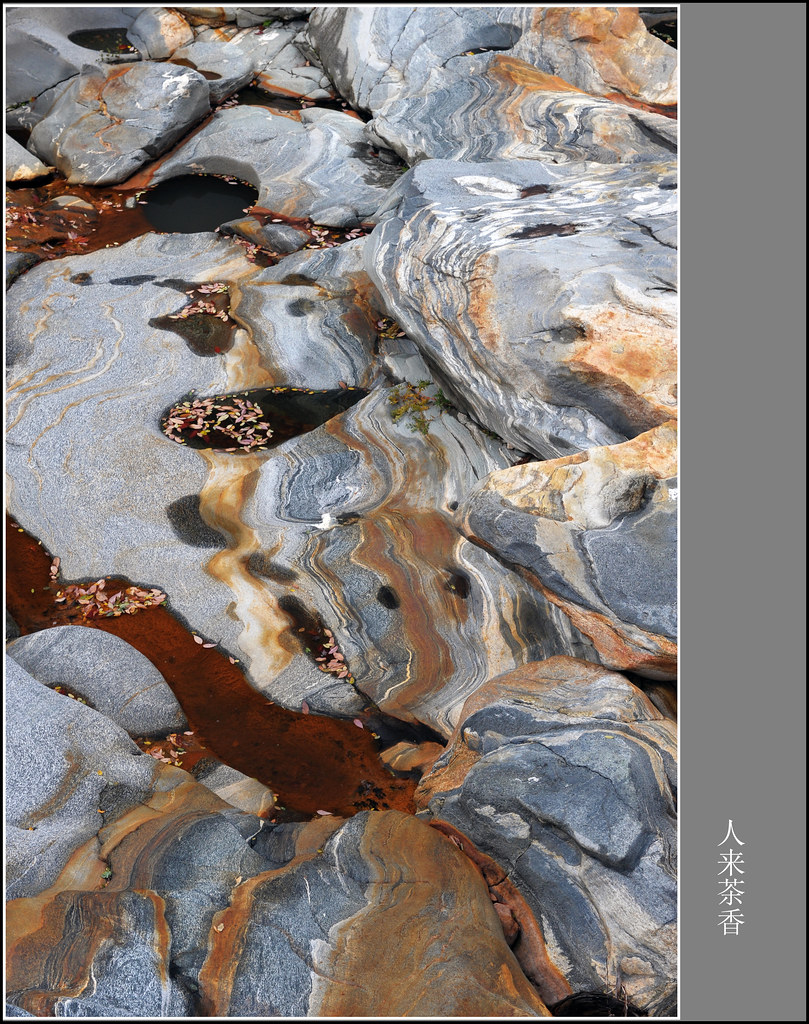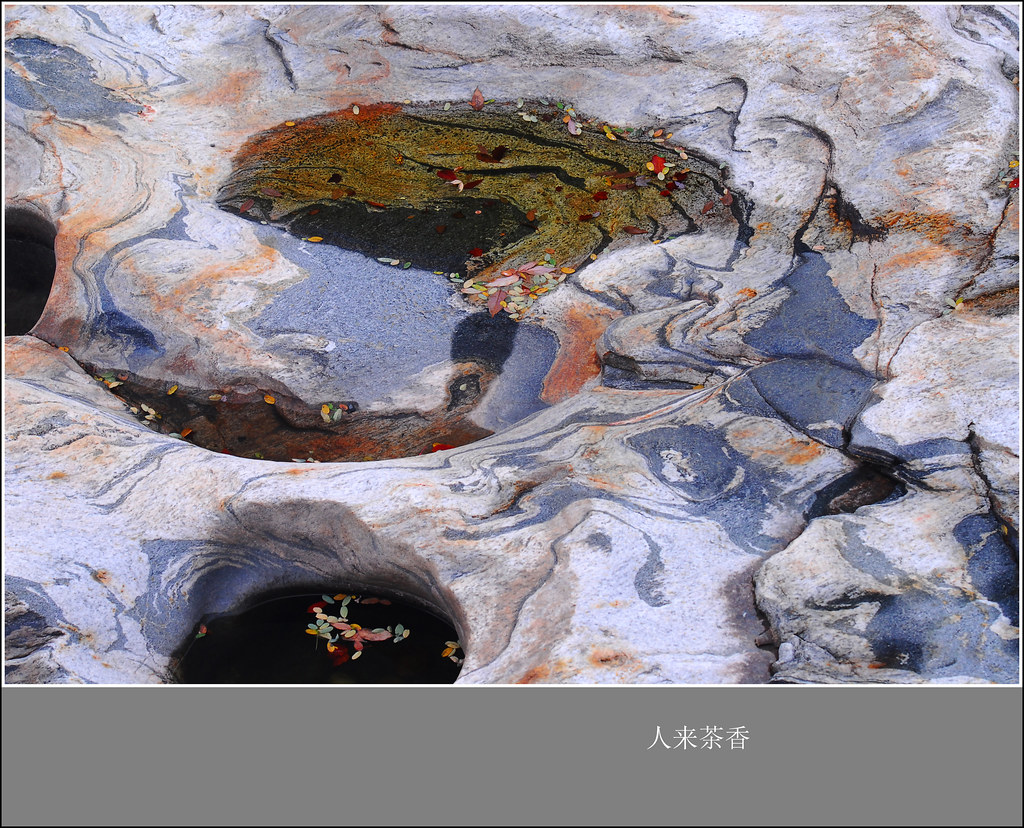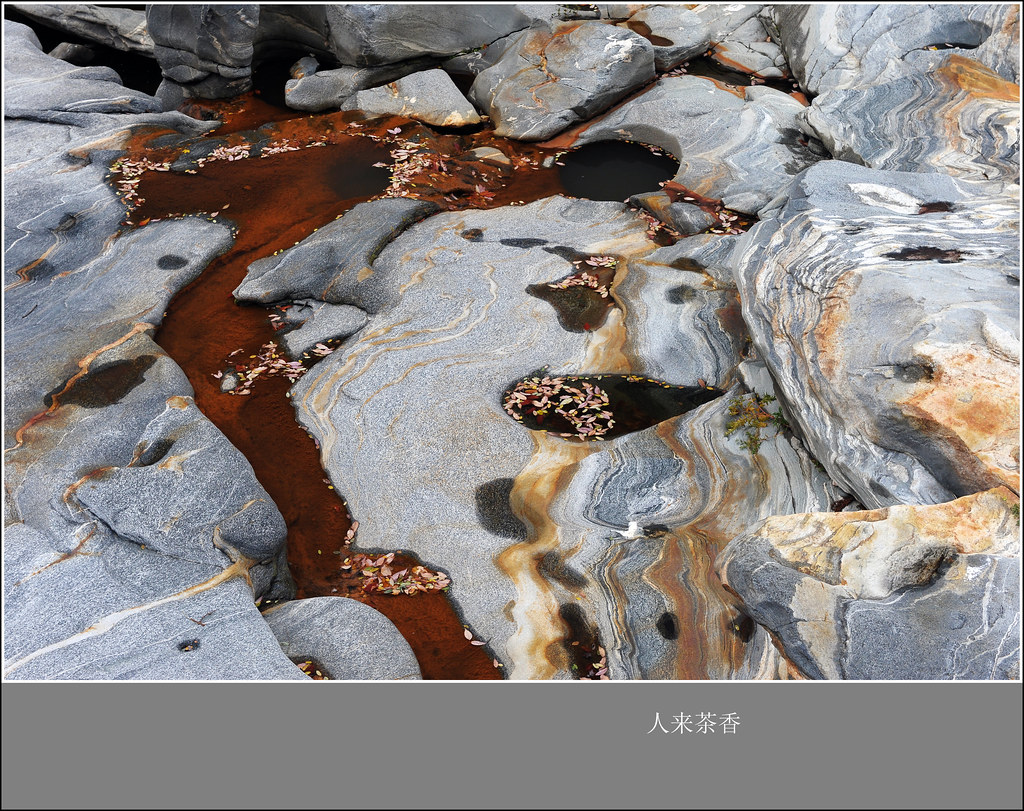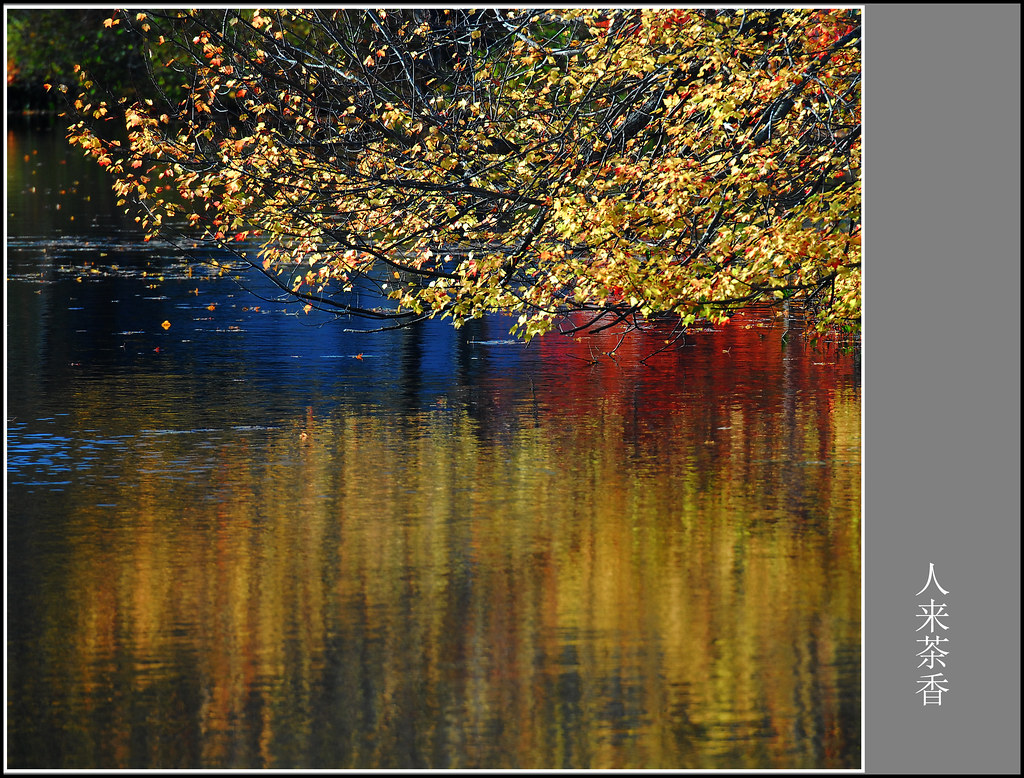石砚清秋
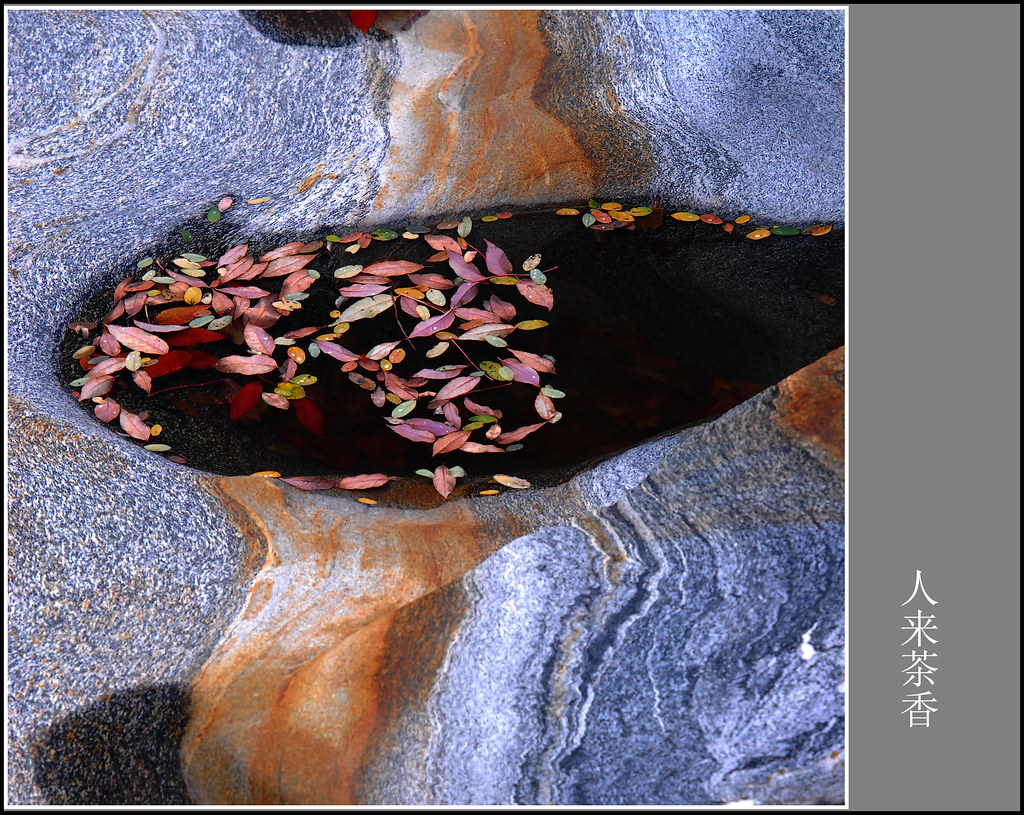
石砚清秋
一眸清澈
望穿
几叶秋水
泉石相守
花白的鱼尾纹
写着永久
叹天成巨砚
香墨情流
谁在挥毫
渲满山云雾
斜阳一笔
染荒野红透
风飘过
吹皱一池秋波
情到深处
拨响
彩色线谱
悠悠然
水曲 山歌
"Glacial Potholes", 给我无尽的想象,像一方巨大的石砚,位于Shelburne Falls, MA。这是网上摘下来的解释。 Glacial Potholes began to form after the last glacier age when the Deerfield River first started to flow over these rocks, about 14,000 years ago. The formation of these river-eroded features thanks to the great glacial lake, Lake Hitchcock, that filled the Connecticut Valley and also extended into the lower Deerfield Valley. While Shelburne Falls was not under Lake Hitchcock, it was under the sediments of the Deerfield River that built a delta into the lake. Lake Hitchcock drained by 14,000 years ago. The Deerfield River was then able to cut downward into its delta sediments. During this erosive process, which continues today, the river found itself on top of the gneiss bedrock and could start eroding holes in the hard gneiss.